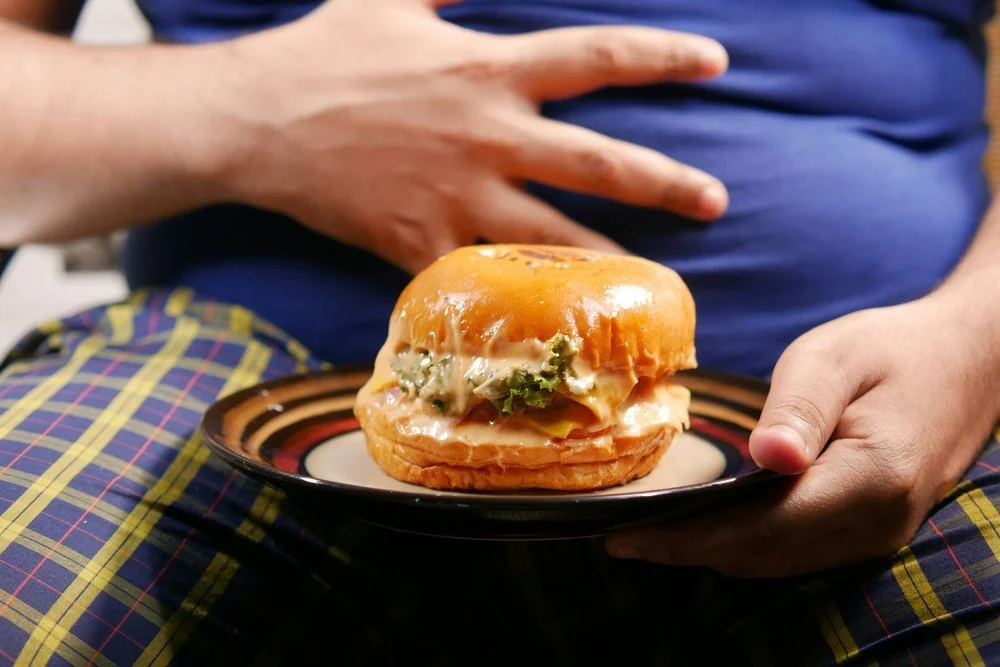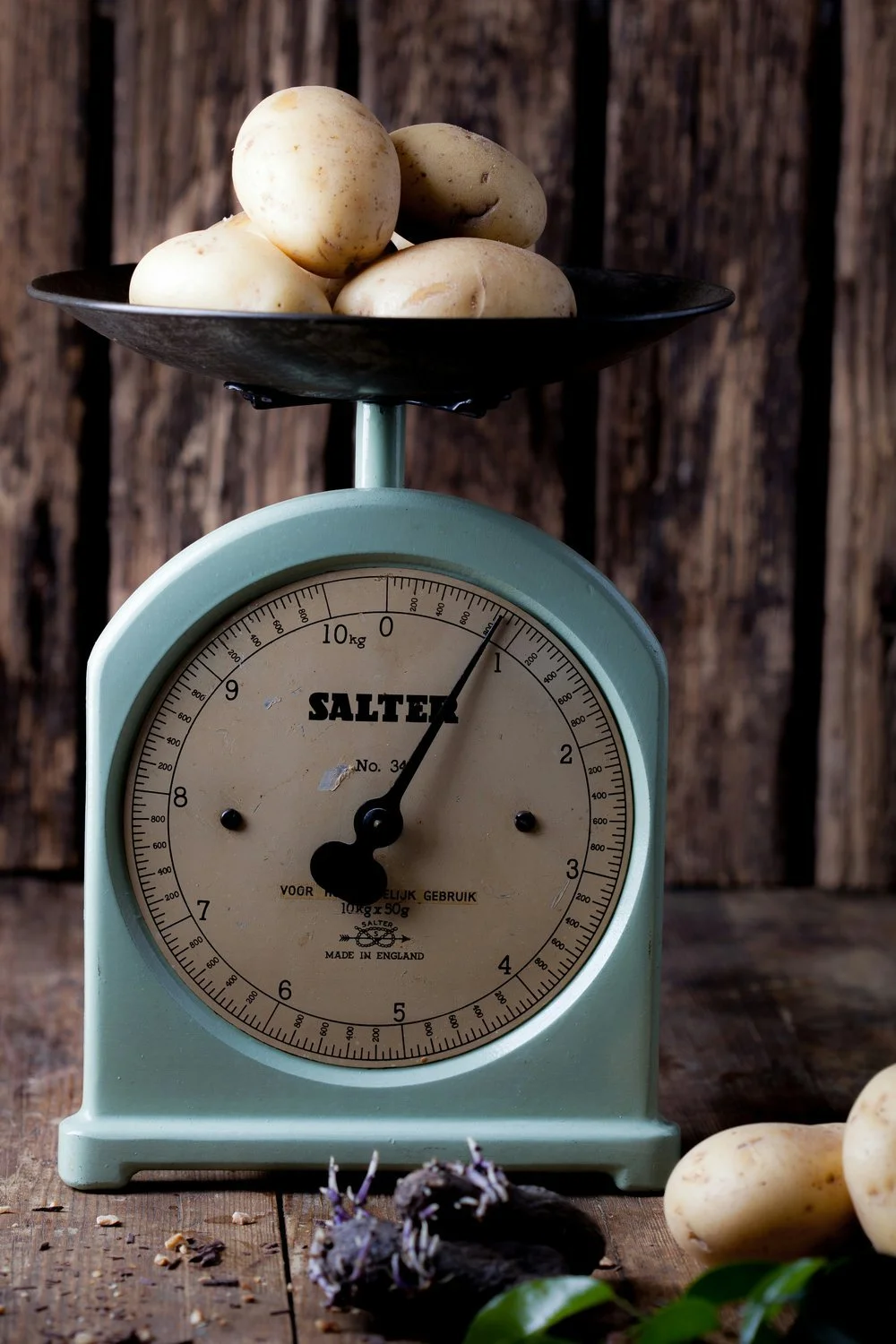I’d like to discuss a topic that nearly everyone has experienced at some point in their lives, but that many others live with chronically: Negative physical reactions to consuming food, even very nourishing food. So often we talk about hunger and we might assume that the natural anecdote to hunger is, ultimately, to eat. But what happens when eating regularly leads to symptoms like reflux, gastric and abdominal pain, bloating, distention, gas, constipation, diarrhea - the list goes on. Despite these being very common occurrences for a large number of people, it can take months, years, sometimes decades to address the underlying causes - of which there can be many - and receive appropriate treatment and relief. Hunger can be painful, but so can nourishment. And determining the right way to balance hunger and nourishment has physiological repercussions but also psychological underpinnings, often from our earliest feeding experiences.
For conditions like Irritable Bowel Syndrome or IBS, for instance, a cluster of symptoms affecting up to 15% of the US population, it wasn’t until the last few decades that many clinicians began to recognize it as something clinically valid and not all in patients’ heads, given that the effects don’t show up on any diagnostic test or exploratory procedure. Diagnosis is instead a process of elimination and treatment is based on careful monitoring and evaluation of a patient’s individual triggers. For some, triggers might be alcohol or caffeine. For others, fried/fatty foods or even food volume can have a tremendous impact. And for many others, stressful situations can induce a flare of symptoms, seemingly out the blue. What’s even more challenging, however, is that the root cause of IBS is still being researched. We know that people with IBS have an inherent disconnect between the Central Nervous System, or the brain, and the Enteric Nervous System, or the nerves that weave throughout the gastrointestinal tract. We also know that, as a result, the gastrocolic reflex in people with IBS is dysfunctional, meaning that when food enters the stomach, the colon contracts in spastic ways that are not seen in typical digestion.
The gut nerves of people with IBS are more sensitive to the presence of food, or liquid, or gas, and so normal digestion and colonic contractions often feel particularly painful. There is also ongoing research suggesting that the gut microbiome, or the population of bacteria that lives in the digestive tract, is notably different in people who suffer from IBS. Whether this is causal or an effect of IBS remains to be seen. But what I see over and over are eating disorder clients who also suffer from very real, very painful gastrointestinal conditions like IBS and slip through the cracks because many of these symptoms mirror those symptoms inherent in eating disorder behaviors and recovery. So it follows that re-introducing food in someone who has a condition like IBS might be more viscerally painful, and this requires tremendous sensitivity and attention. There may be foods that an IBS-sufferer genuinely cannot eat without experiencing exceptional flares, and this is not because it is a so-called “fear food” as a part of the client’s eating disorder. It’s incredibly important to listen to the client and believe the client when they report that eating certain foods causes intolerable pain, and to help discern which symptoms might be driven by an underlying condition and which might resolve with eating disorder recovery.
Another condition I see more and more frequently in my practice is Mast Cell Activation Syndrome, or MCAS, which research shows likely impacts 20-25% of the eating disorder population. This is an immune condition where immune cells called “mast cells” over-react to environmental triggers, including food, can manifest in nearly every organ system in the body, including the gastrointestinal tract. It can be brought on by trauma or stress, like that of starvation in an eating disorder, or by infections like mold toxicity, Lymes Disease, and even COVID. Because MCAS is still in its infancy as far as research goes, it is often overlooked or even dismissed by clinicians, and remains an undiagnosed factor impacting how clients are or are not able to eat. For this reason, MCAS can both precipitate eating disorders or manifest as a result of them.
So if conditions like these are overlooked, not only do we run the risk of a missed diagnosis, but we allow our clients to needlessly suffer, sometimes for years, while they shuffle in and out of eating disorder treatment. And while neither IBS nor MCAS is 100% curable as of this publishing, there are very well-studied, viable ways to manage and treat these syndromes and significantly improve the ability to eat for many who suffer. Working with an eating disorder team that is trained in recognizing and treating these conditions is vital to make sure the entire person is being considered.
A final word about conditions like these that impact the digestive tract: Many people have suffered from these conditions since their earliest years, sometimes since infancy, and their experiences, whether conscious or unconscious, have had a tremendous impact on every aspect of their lives, including how they formed their earliest relationships and how they continue to move in the world as adults. It is said that the way we do one this is the way we do everything, so it becomes quite crucial to look at our patients through this lens, in order to understand how we can best assist and how we can use the clinical relationship to heal, too.



